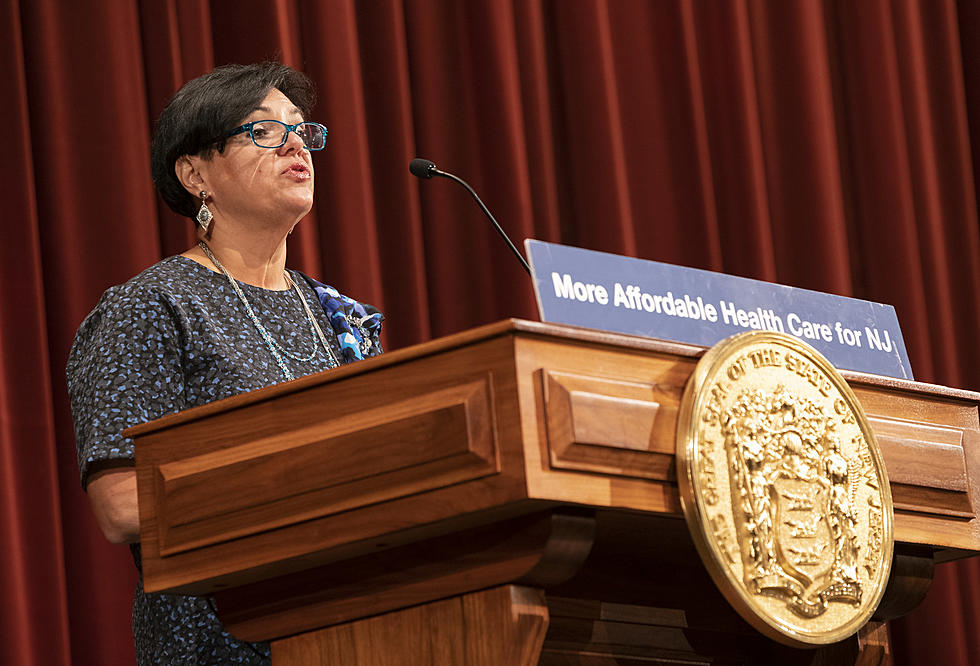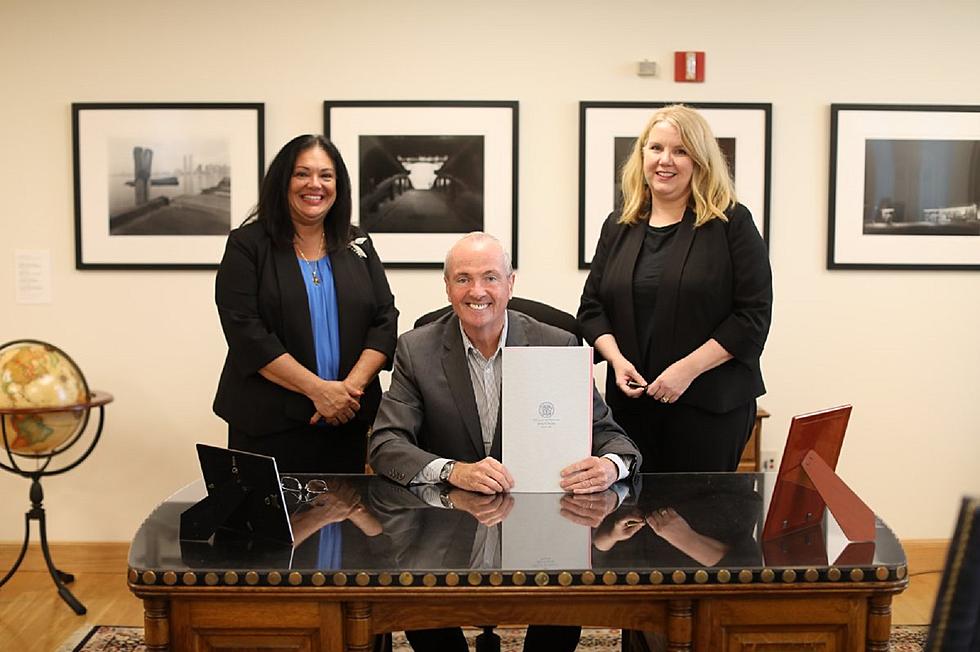
GAO probe details flawed launch of HealthCare.gov rollout
WASHINGTON (AP) — Management failures by the Obama administration set the stage for the computer woes that paralyzed the president's new health care program last fall, nonpartisan investigators said in testimony released Wednesday.
Behind the administration's repeated assurances that consumers across the land would soon have seamless access to health care, a chaotic procurement process was about to deliver a stumbling start.
After a months-long investigation, the Government Accountability Office found that the administration lacked "effective planning or oversight practices" for the development of HealthCare.gov, the online portal to coverage for millions of uninsured Americans.
As a result the government incurred "significant cost increases, schedule slips, and delayed functionality," William Woods, a GAO contracting expert, said in testimony prepared for a hearing Thursday by the House Energy and Commerce Committee.
GAO is the nonpartisan investigative agency of Congress. Its full report is also expected Thursday.
Spokesman Aaron Albright said the administration takes its responsibility for contract oversight seriously and has already started carrying out improvements that go beyond GAO's recommendations. The congressional investigators recommended a cost control plan and other changes to establish clear procedures and improve oversight.
Investigators found that the administration kept changing the contractors' marching orders for the HealthCare.gov website, creating widespread confusion and leading to tens of millions of dollars in additional costs. Changes were ordered in seemingly willy-nilly fashion, including 40 times when government officials did not have the initial authority to incur additional costs.
The report faults the Centers for Medicare and Medicaid Services — which is part of the Department of Health and Human Services — for ineffective oversight. The Medicare agency, known as CMS, was designated to administer Obama's health care law.
Confronted with a flop, the White House sent in management consultant Jeff Zients as a troubleshooter. He removed CMS as project leader and gave the agency a supporting role.
CMS administrator Marilyn Tavenner later personally apologized to Congress saying that "the website has not worked as well as it should."
Zients' rescue operation got the site working by early December. Another major contractor, Accenture, was brought in to help fix things. Eventually, some 8 million people managed to sign up, far exceeding expectations.
Nonetheless, Health and Human Services Secretary Kathleen Sebelius stepped down amid complaints by White House officials that the president was blind-sided by the problems.
GAO concluded:
- Contractors were not given a coherent plan, and instead they were kept jumping around from issue to issue.
- The cost of the sign-up system ballooned from $56 million to more than $209 million from Sept. 2011 to Feb. 2014. The cost of the electronic backroom jumped from $30 million to almost $85 million.
- CMS, representing the administration, failed to follow up on how well the contractors performed. At one point the agency notified one contractor it was so dissatisfied it would start withholding payments. Then it quickly rescinded that decision.
- The type of federal contract that the administration selected for HealthCare.gov was open-ended, which may have encouraged costly changes.
Two contractors took the lead on the computerized system:
Virginia-based CGI Federal built HealthCare.gov, the consumer-facing portal to subsidized private health insurance under the law. The site serves 36 states, while the remaining states built their own systems, with mixed results.
QSSI, based in Maryland, was responsible for an electronic back office that helps verify personal and financial information to determine if consumers are eligible for tax credits to help pay their premiums.
The front end of the system locked up the same day it was launched, Oct. 1, and was down most of that initial month. The electronic back office had fewer problems.
Despite crippling problems with the part of the system used by consumers, CMS ultimately paid nearly all of CGI's $12.5 million in fees, withholding only $267,000, GAO said.
The original contractors testified to Congress that they did not have nearly enough time to test the system before it went live.
Indeed, Tavenner took the unusual step of signing the operational security certificate for HealthCare.gov herself, after CMS security professionals balked. The site has since passed full security testing.
The GAO's findings amplified earlier conclusions in a report by Zients after his team got the website to work.
In addition to hundreds of software bugs, insufficient infrastructure and subpar monitoring of problems, the White House troubleshooter found "inadequate management oversight and coordination" that "prevented real-time decision making and efficient responses to address the issues."
Obama has already weathered the worst storms from the bungled health care launch, so the report is unlikely to create major political problems for the White House and Democrats generally.
But it does shine a light on what was going on behind the scenes even as administration officials fostered the impression that signing up for health care would be simple, like shopping online.
More From New Jersey 101.5 FM









